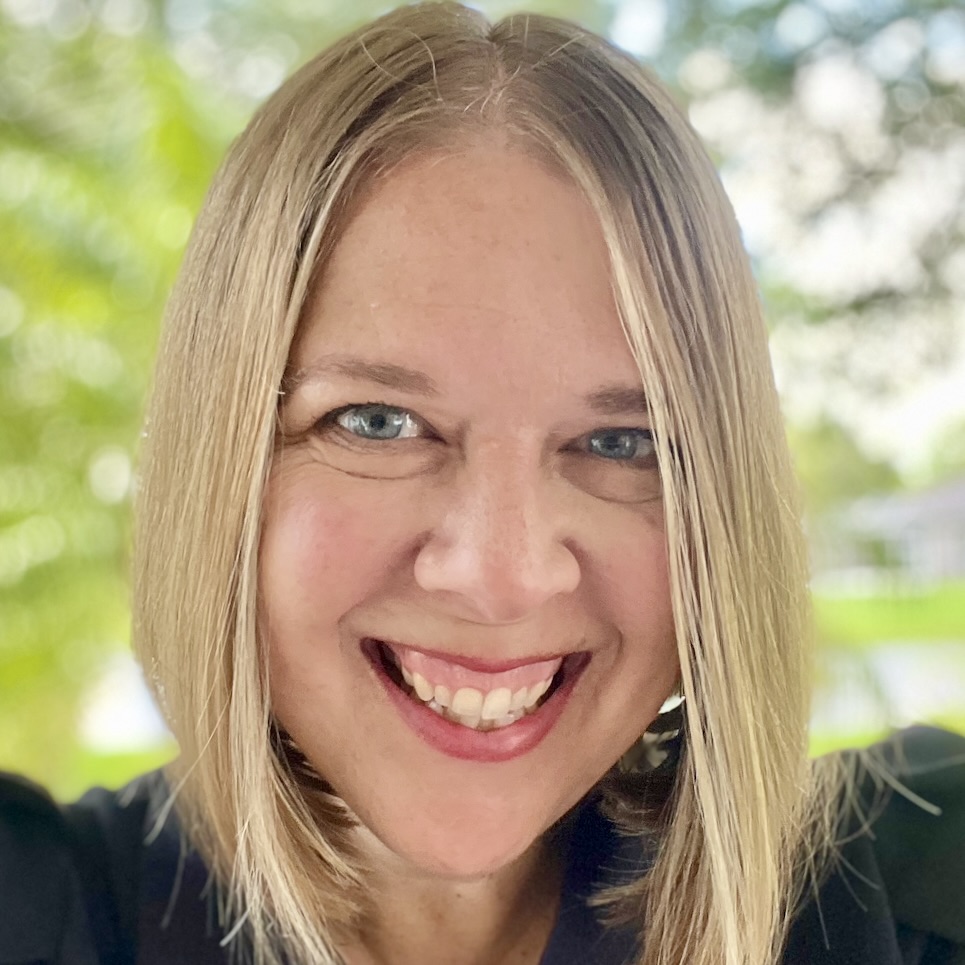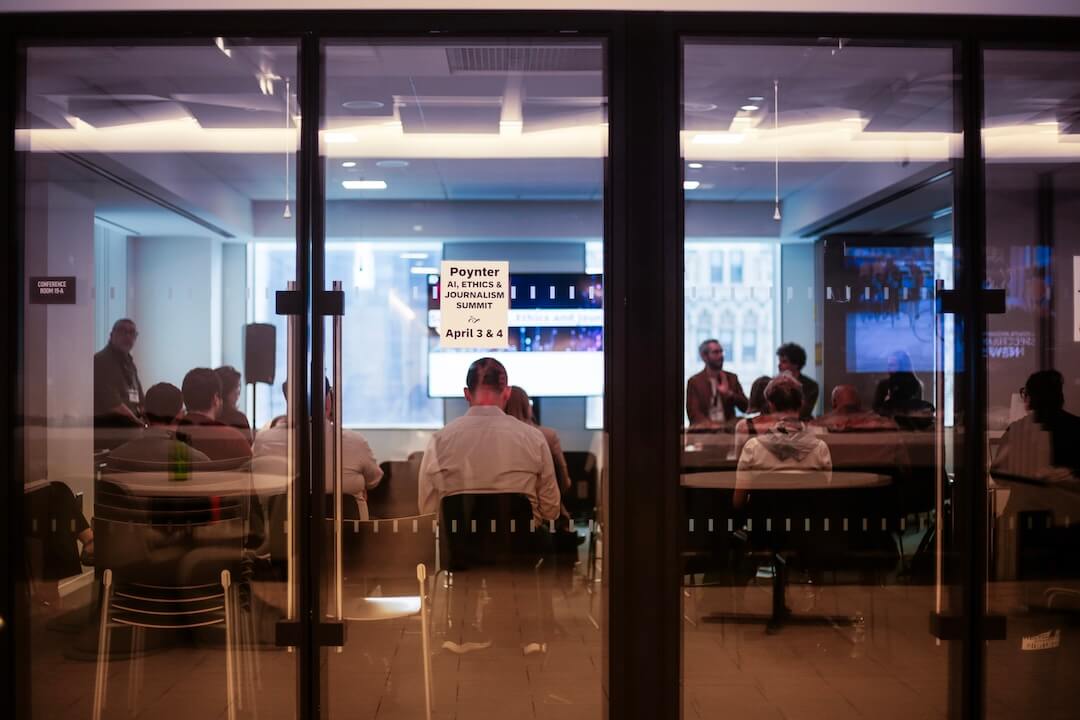Hare: Hi, Ren! Are you ready for several days of intense conferencing with a few thousand journalists in our nation’s capital?
LaForme: I am so ready to meet up with some of the best and brightest innovators in journalism. I am not ready for the Wi-Fi to crap out, the late nights followed by early mornings and the conference funk I always seem to come home with. But I guess that’s just the price we pay.
Hare: Amen to all of that. I’ve started taking AirBorne already. It’s like a giant pre-school petri dish.
So last year, I missed ONA (the Online News Association gathering) and I had all the FOMO. If you’re not going to ONA, we can’t help you with the hallway conversations, the tipsy karaoke and the elbow rubbing you’re missing out on. But we can help you still learn new stuff, right?
LaForme: Absolutely. I missed the last two years of ONA but was still able to catch up on a lot of the smart things people said in sessions and keynotes. ONA, in particular, makes it really easy because they have a unique hashtag for every session. You’re involved in a few, right? What are yours?
Hare: I am! They are #ONA17golocal, #ONA17localnews and #ONA17legacy. Most conferences have overall hashtags and often session-specific ones. It’s a great way to tune out the “OMG I met X high priest of news” chatter and virtually sit in on presentations.
LaForme: I follow sessions I can’t sit in on, either because I’m not at the conference or I am in another session, by setting up columns in Tweetdeck.
For anyone reading this who might not be familiar with Tweetdeck, you can set up a Twitter livestream of a particular set of people or a search with a column. So if you set up a search for #ONA17golocal, for example, you’d be able to see what people are tweeting from Kristen’s first session in real time. And journalists love to tweet out quotes and takeaways from conferences, so you can pick up a lot, even when you’re not there.
Hare: Those Tweetdeck columns are a huge resource for me on a daily basis, I’m so glad you brought that up. How else can people keep up with what’s happening?
LaForme: So again, because ONA is like nerd central for journalism, a lot of people will open a Google Doc and take notes from a session. Sometimes they’ll make them so others can contribute, as well. And those often wind up on the hashtag at some point. You can also open up Google Drive and run a search for the session hashtag or title. A lot of people make their notes public, so you might find what you’re looking for.
I think ONA might even link notes straight from the session pages, or at least I think they have done that in the past. But how great is it that you can get the cheat sheet for a session even if you’re not there?
Hare: Exactly. I think shortly after the session they’re on the session page. It’s a fantastic resource. Any other ways people can keep up?
LaForme: Yes! So speaking of those session pages, ONA does a great job of recording audio from sessions and posting them later. So, if you’re patient, you can actually listen to the sessions you missed. They’re also great about posting tip sheets, presentations and other materials. It’s such a great service to the journalism community. I think other conferences might do similar things.
Hare: Yeah, I know IRE does. These are great ways to get the skills from journalism conferences without the hangovers. See you in D.C.!







